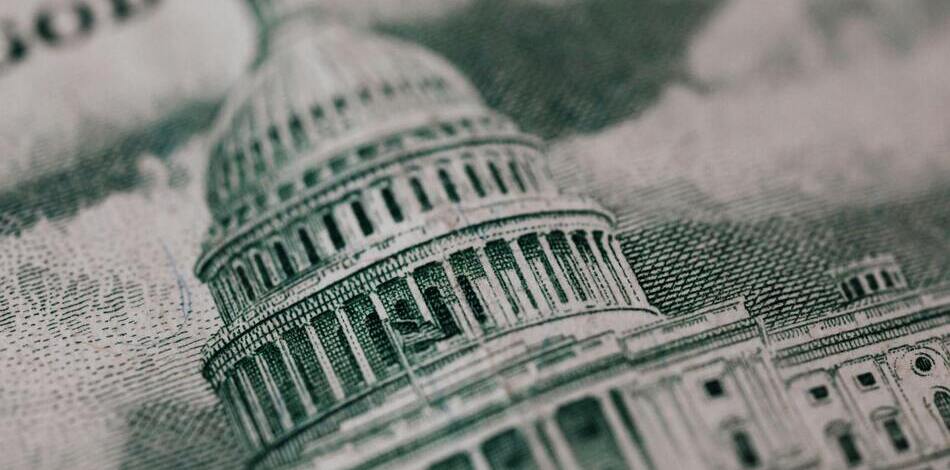Market Stabilizes Amid Shifting Federal Reserve Winds
The crypto market showed signs of stabilization on October 15th, as investors digested a significant shift in tone from the Federal Reserve. After a period of intense volatility, the market found some relief as Fed Chair Jerome Powell indicated that the central bank is fast approaching a point where it can end its quantitative tightening (QT) program. This process, which had been reducing liquidity from the financial system, had put pressure on risk assets like bitcoin. The suggestion of its conclusion, alongside expectations of further interest rate cuts, was interpreted as a supportive development for the market. This macro-economic shift provided a crucial backdrop for the day’s price action, helping assets to steady themselves after the recent turmoil.
Recovering From the “Flash Crash”
The market’s attempts to find its footing on the 15th came just days after one of the most severe deleveraging events in crypto history. As analyzed by Bitwise CIO Matt Hougan, the plunge on October 10th was triggered by a late-Friday announcement of new trade tariffs, which routed panic through the always-open crypto market. This triggered a cascade of liquidations, wiping out roughly $20 billion in leveraged positions—the largest such unwind on record. While the event was violent, analysts concluded it was more of a stress test than a fundamental regime change, with core market infrastructure holding up and no major firms failing. This resilience allowed for the swift, albeit fragile, recovery observed by mid-month.

Institutions Hold Steady as Meme Coins Bounce Back
A closer look at different market segments reveals a clear divergence in behavior between institutional and retail-focused assets.
-
Institutional Fortitude: Contrary to what one might expect during such volatility, institutional behavior remained remarkably calm. Data from Brazil’s largest exchange, Mercado Bitcoin, showed that corporate clients, primarily small and medium enterprises, hold between 10% and 15% of all assets on the platform and “barely move more than 10% of their holdings at any given time”. This suggests a “hold, not trade” mentality among these players, who are using Bitcoin as a treasury asset to protect against global volatility rather than for speculation.
-
Meme Coin Resilience: On the retail side, major meme coins like Dogecoin (DOGE), Shiba Inu (SHIB), and Pepe (PEPE) demonstrated a strong rebound. After the market-wide crash, these assets stabilized as selling pressure decreased and retail demand gradually resurfaced. Data showed a double-digit percentage increase in futures open interest for these coins, signaling a revival in risk sentiment among traders.
The Road Ahead: Regulation and Institutionalization
Looking forward, the market’s trajectory appears closely tied to two key themes: regulation and further institutional adoption. The recent approval of a spot Dogecoin ETF, while controversial for introducing “speculation typical of the crypto market” into traditional finance, underscores a trend of growing connectivity between Wall Street and digital assets. This institutionalization, even of speculative assets, brings both new capital and new scrutiny. All eyes are now on pending SEC decisions for other ETFs, including the highly anticipated XRP fund, and the evolving global regulatory calendar for the rest of 2025.


